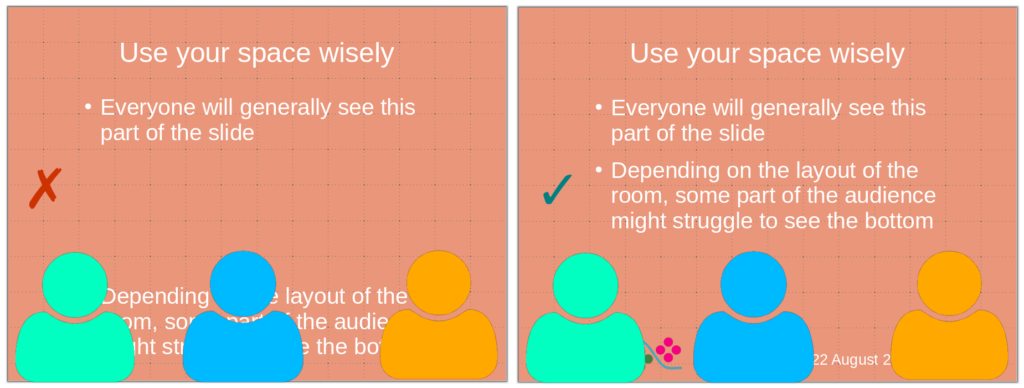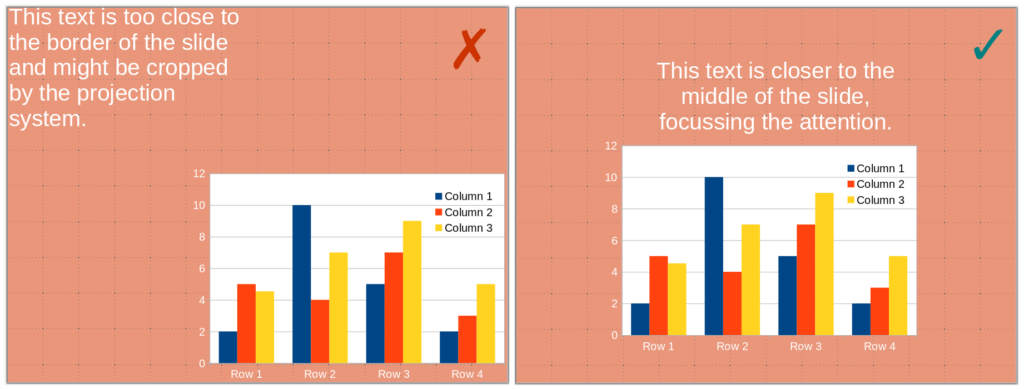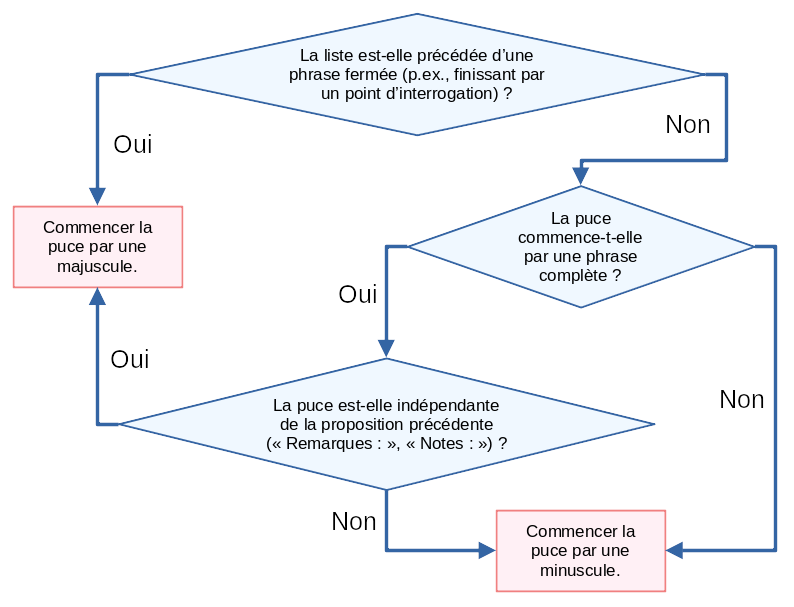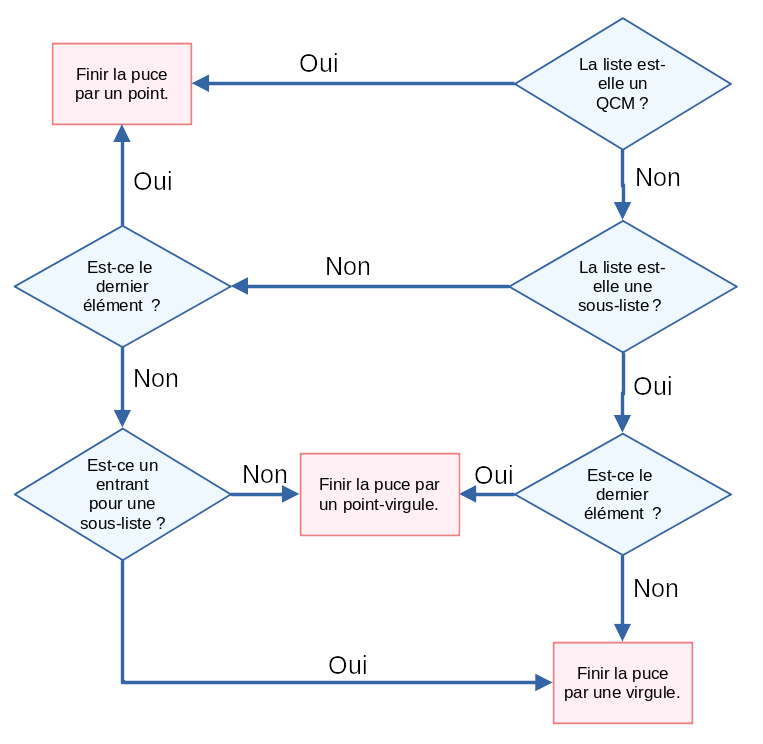By Nicolas Gambardella
Aim, objective, goal, target, and purpose, those words are used mostly interchangeably in everyday speech. However, when writing a grant application, they cover different concepts, often at odds with the subtle differences you would expect from common usage. The most used words to describe mandatory application elements are aim and objective; even if within the text, goal and purpose are also frequently found. Briefly and approximately, the aim is the why, the objectives are the what, and the tasks are the how. The aim represents the purpose, the target, while the objectives represent the means to reach it. Think about the objective of a microscope or a riffle. It is true that in everyday language, you aim at the target, the aim being the cross you need to align with the target to reach it. But words may have different meanings, based not only on the official definition found in dictionaries but also on usage in given contexts. Note that some funding agencies swap the concepts behind aim and objectives (e.g., the Israeli Cancer Research Fund), using them in a sense closer to everyday meaning. However, after reading this post, you will quickly identify which is which, and adapt consequently. The task is a third concept we need to differentiate from the aim and the objectives.
[Note that while this post uses examples from scientific activities, the distinction between the three terms holds true for any grant application. I’ll let the reader have the task of drafting examples for humanities.]
The aim of the project is its overall purpose. This is why the funding agency or foundation should fund the project. In the “impact onion” (expect a future post on that concept), the aim with lead to the overall scientific or societal impacts. Accordingly, the aim should not be expressed in a language that can be understood only by the experts of your field but rather by the wider impacted population. More importantly, the aim should not be expressed in a language that can be understood only by the reviewers or your introducing members (the panel members specifically in charge of your application, often chosen for their knowledge of the topic) but by all members of the funding panel. The last point is essential since most panels – even specialist ones such as the ERC Advanced Grant panels – are made up of people with different backgrounds who have often been isolated in their research echo chamber for decades. In domains as close as Machine learning in genomics, Pharmacometrics, and Systems Biology, words such as model, compartment, or noise have fairly different meanings. This is even more important if you apply to an interdisciplinary scheme whose panel will feature people from different backgrounds. An extreme example would be the Sinergia funding from the Swiss National Science Foundation, which comprises people as diverse as historians, literature and art experts, sociologists, mathematicians, physicists, engineers, ecologists, biologists and clinicians (Mind you, this does not mean the language can be approximate and the content of the aim fuzzy! Never waffle in a grant application, no matter the section and its perceived importance).
An example of aim could be:
We will treat cancer of the left buttock cheek.
The project’s objectives are the steps you will build to reach your aim. They could be seen as sub-aims or subprojects. In the impact onion, the objectives might impact science and society at large, but their outcomes might profit mainly to the relevant scientific field. Accordingly, objectives can be expressed in a more domain-specific language if necessary. However, you should still endeavour to make them accessible to all panel members. Ideally, objectives should describe achievements resulting from the project activities rather than describing how the work will be performed. Note that the objectives are not necessarily aligned with work packages, which are sets of related tasks (more on that later). objectives are also not necessarily disjoints because an activity performed during the project can contribute to several objectives. Moreover, work towards different objectives can proceed in parallel.
Examples of objectives for the aim presented above could be:
1) we will define a molecular portrait of the cancer of the left buttock cheek;
2) we will look for molecules able to inhibit oncogenes or stimulate tumour suppressors;
3) we will validate the promising molecules.
A task is a research project’s simplest, more explicit element. It describes an activity or a set of activities contributing to one or more objectives of the project. A task possesses a defined start and a defined end; and, thus, a duration. Specific people contribute to a task during part or all of it, resulting in an effort often expressed in person·months (not person/month or person-month. The dot is a product. The effort is the number of contributors multiplied by the number of months spent by contributor). The results of a task are often dubbed deliverables. Such a deliverable can be a conclusion (delivered as a report), a dataset, an artefact, etc. These deliverables may have an immediate impact on very specific populations in the inner layer of the impact onion, such as people working in the same field as the project partners. If performing a task depends on the successful achievement of another task, we say that those task are linked by a dependency. Related tasks are often grouped into work packages. Tasks are the elements represented on Gantt charts and should also be the elements of PERT diagram. However, complex projects sometimes simplify the latter by using work packages (if a project is structured correctly, PERT diagrams with tasks and work packages should exhibit the same connectivity).
Examples of tasks for our cancer project could be:
T1.1) sequence the genomes and transcriptomes of left buttock cheeks from patients and controls;
T1.2) compare the transcriptomes;
T1.3) look for eQTLs explaining the differences observed in T1.1.
T2.1) analyse the function of differentially expressed proteins and proteins containing eQTLs;
T2.2) screen the public data resources for possible molecules targeting the proteins studied in T2.1;
T2.3) filter the list obtained in T2.3 for availability, desirable chemical properties, ADME profile, and possible side effects.
T3.1) study the pharmacological profile of the best hits from T2.3 on relevant cell lines;
T3.2) build animal models of the cancer of the left buttock cheek using the mutated targets of T2.3;
T3.3) test on the animal model the molecules presenting an adequate profile in T3.1.
In our simple example, all the tasks are linked by dependencies and can only be performed sequentially. In a real-world setting, the situation would, of course, be more complex, with some tasks running in parallel, linked through intermediate or continuous results, etc.
The aim is the why, the objectives are the what, and the tasks are the how.







